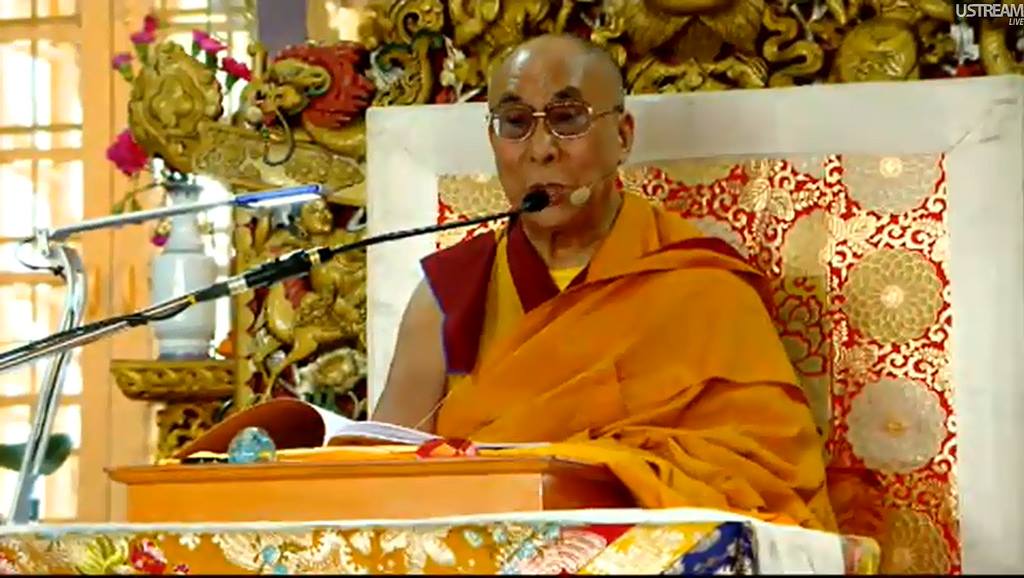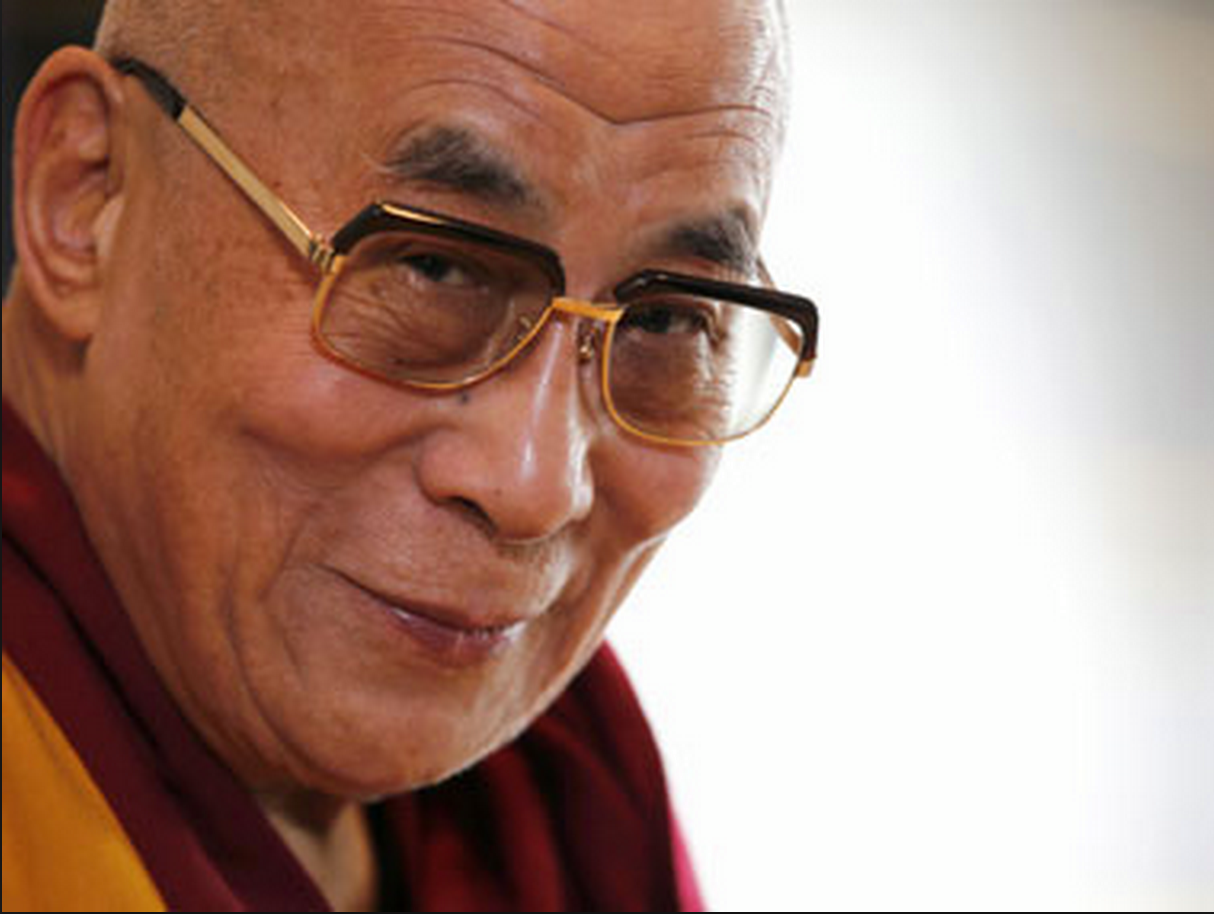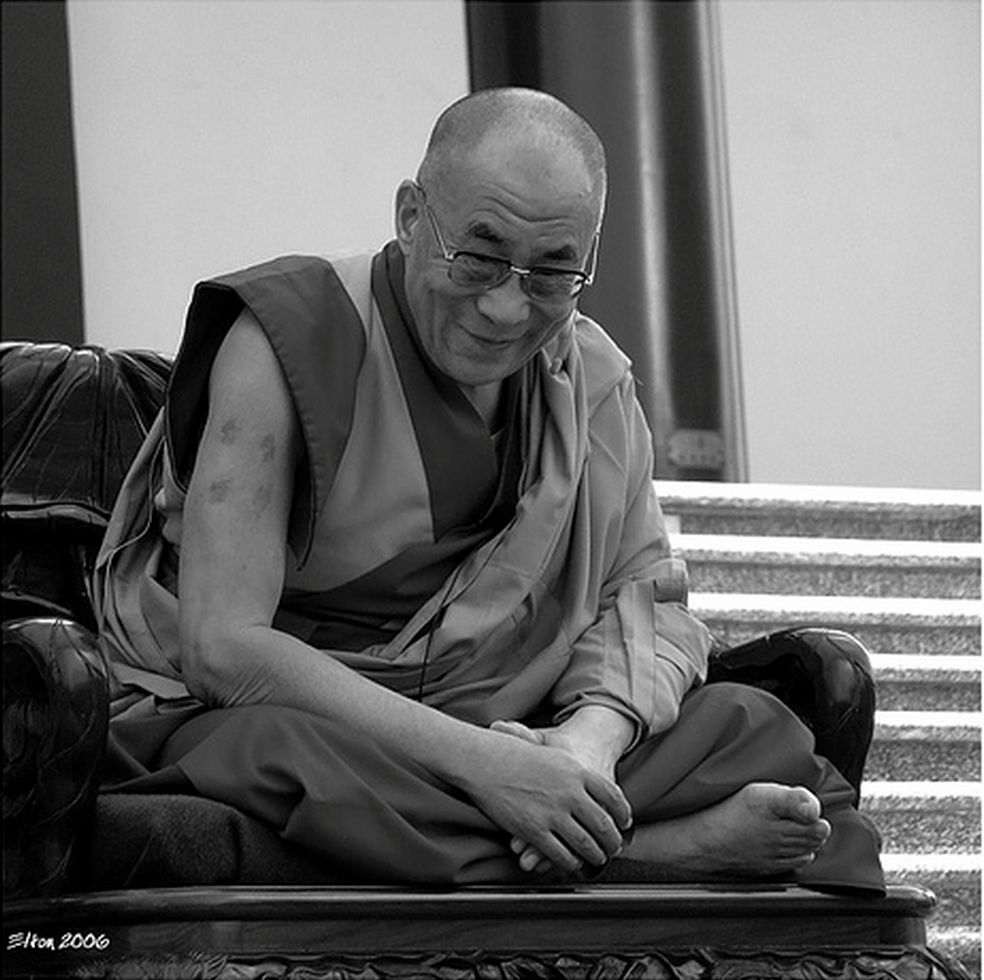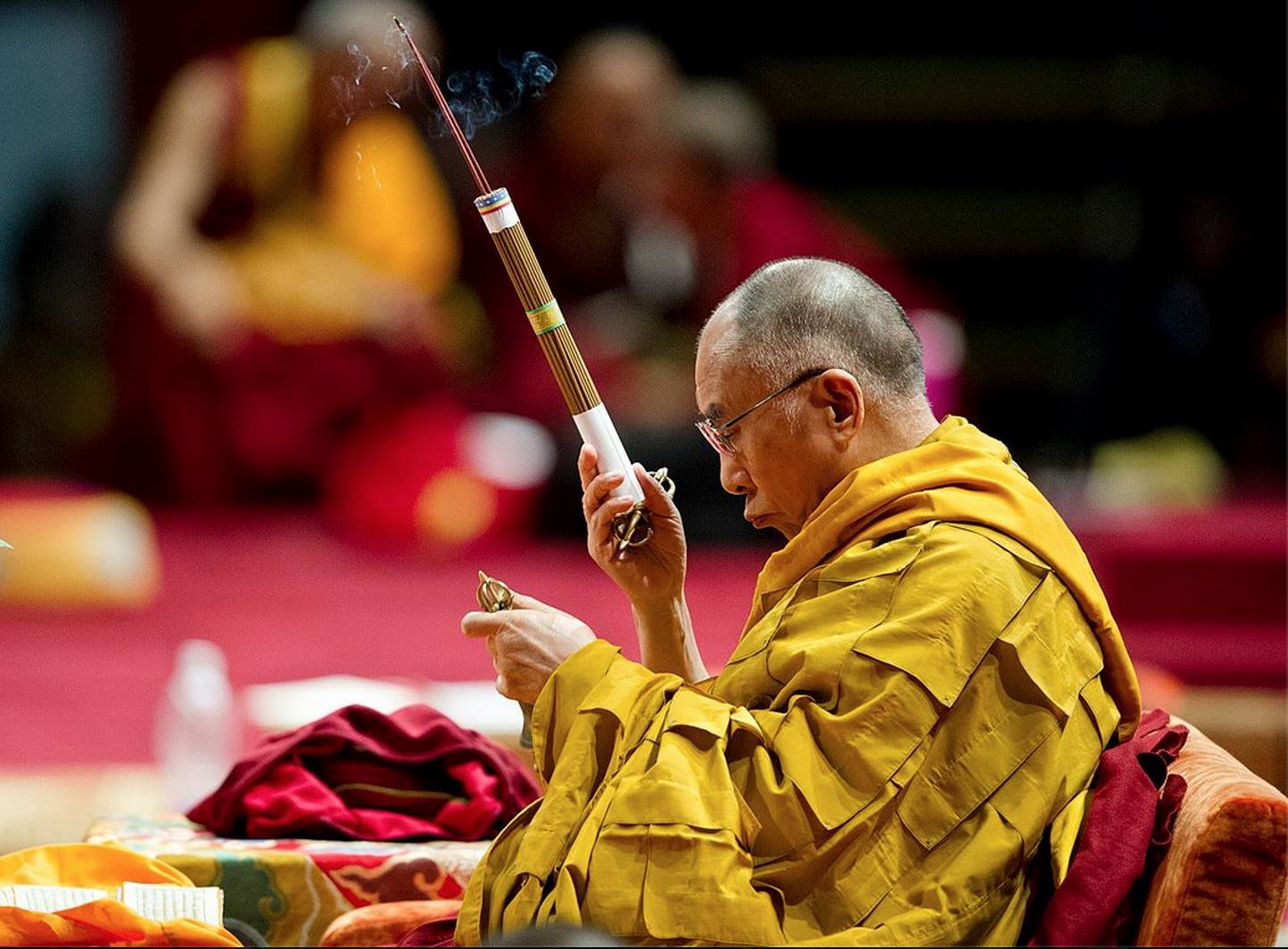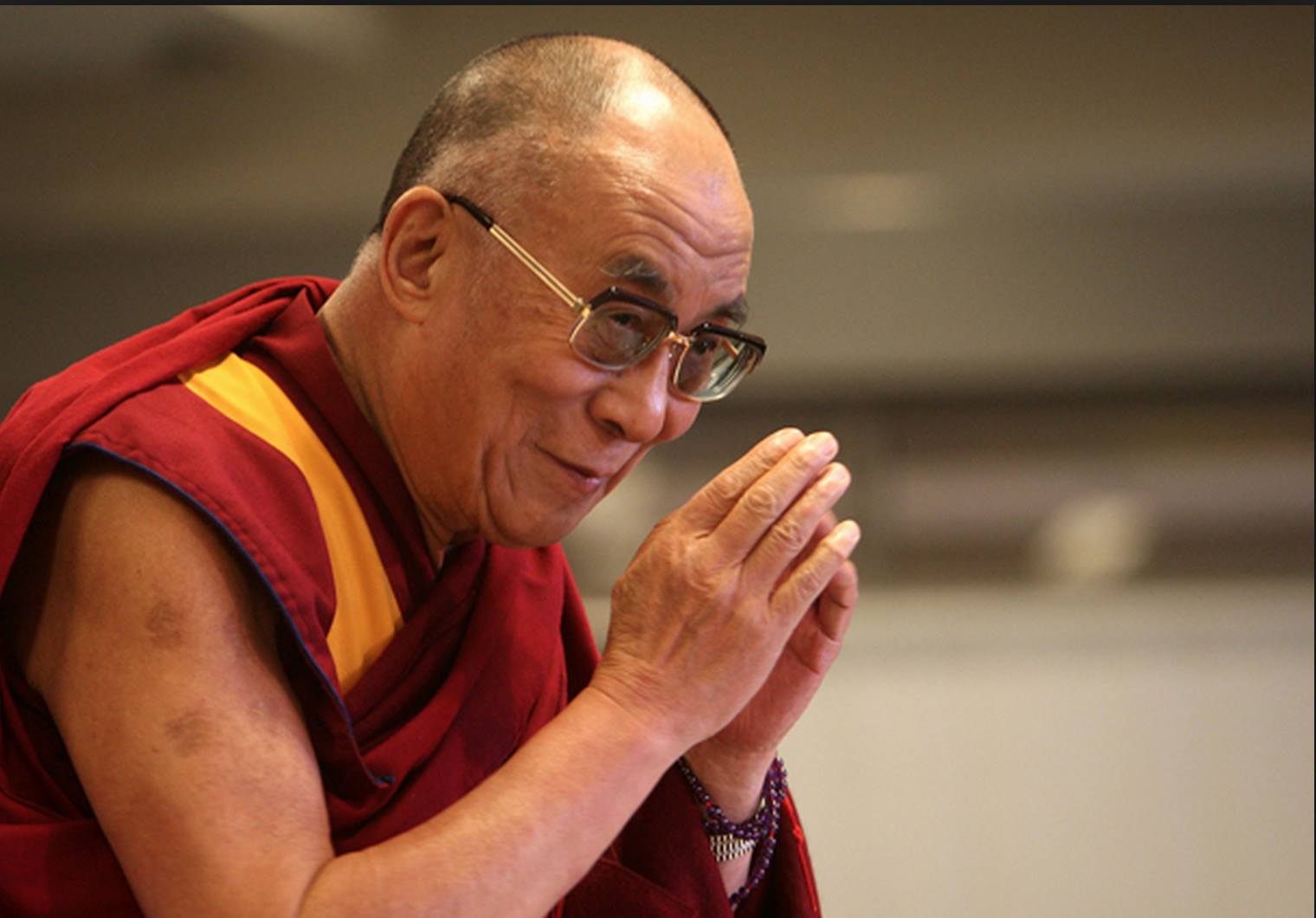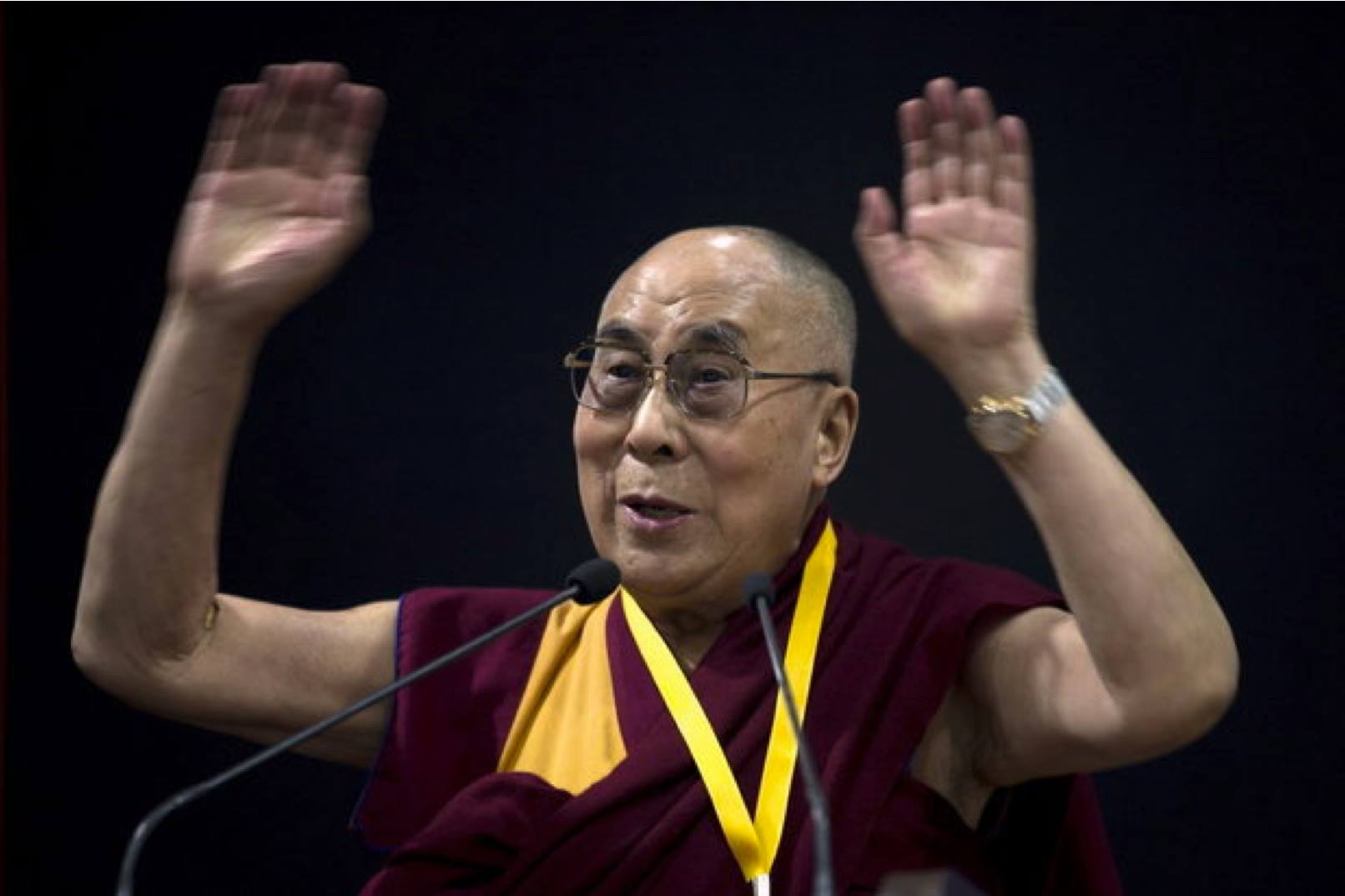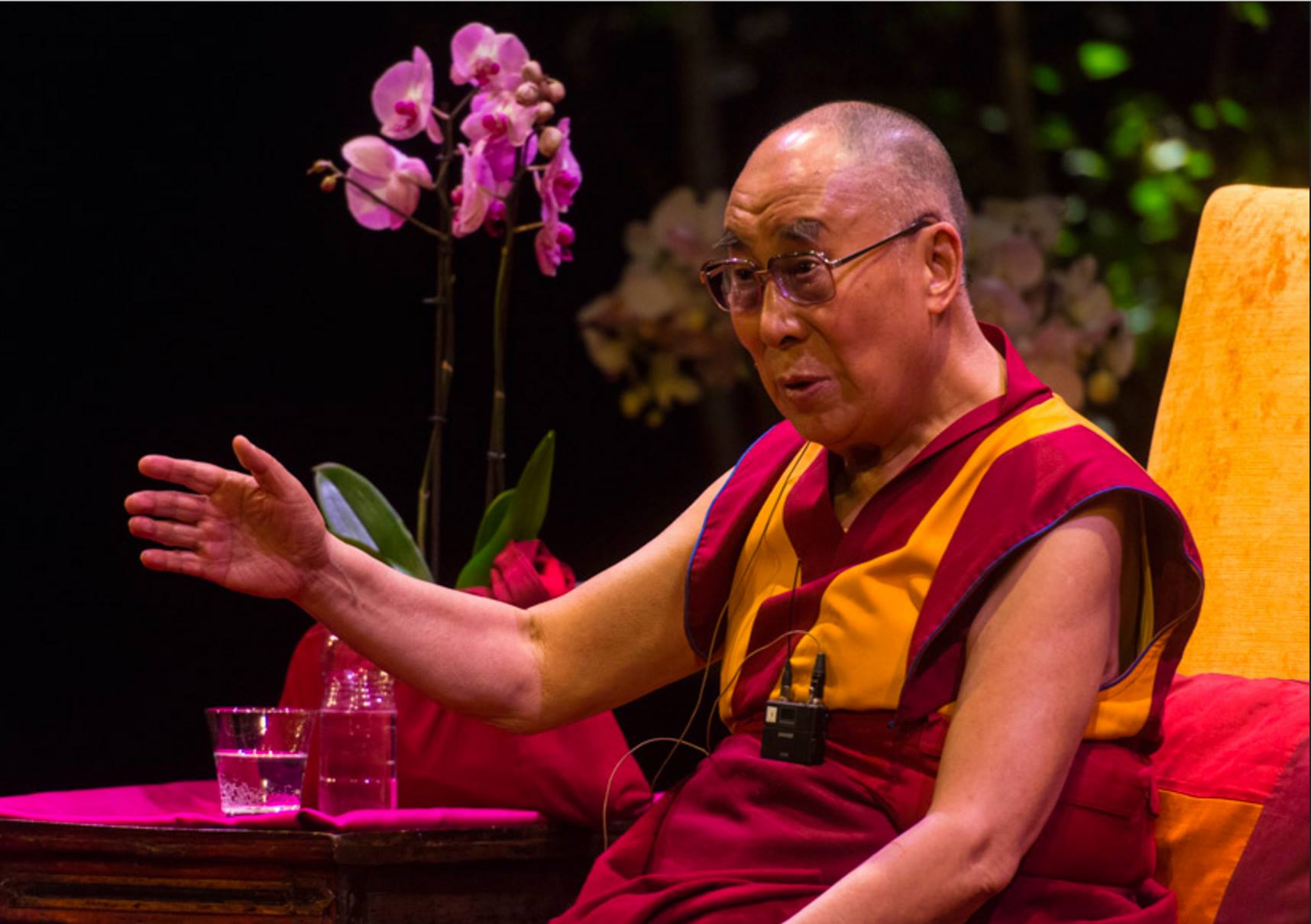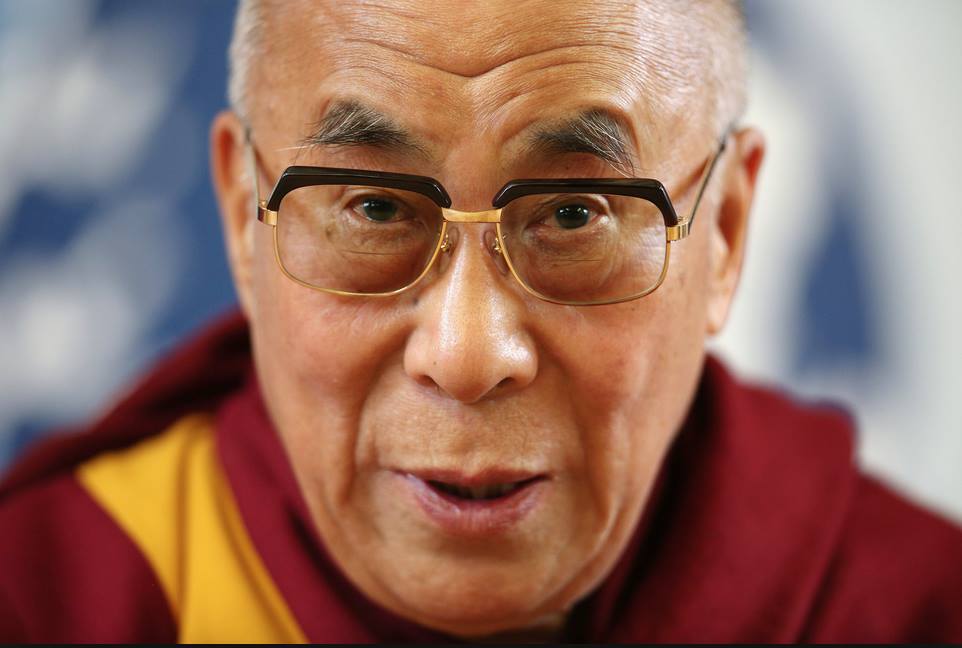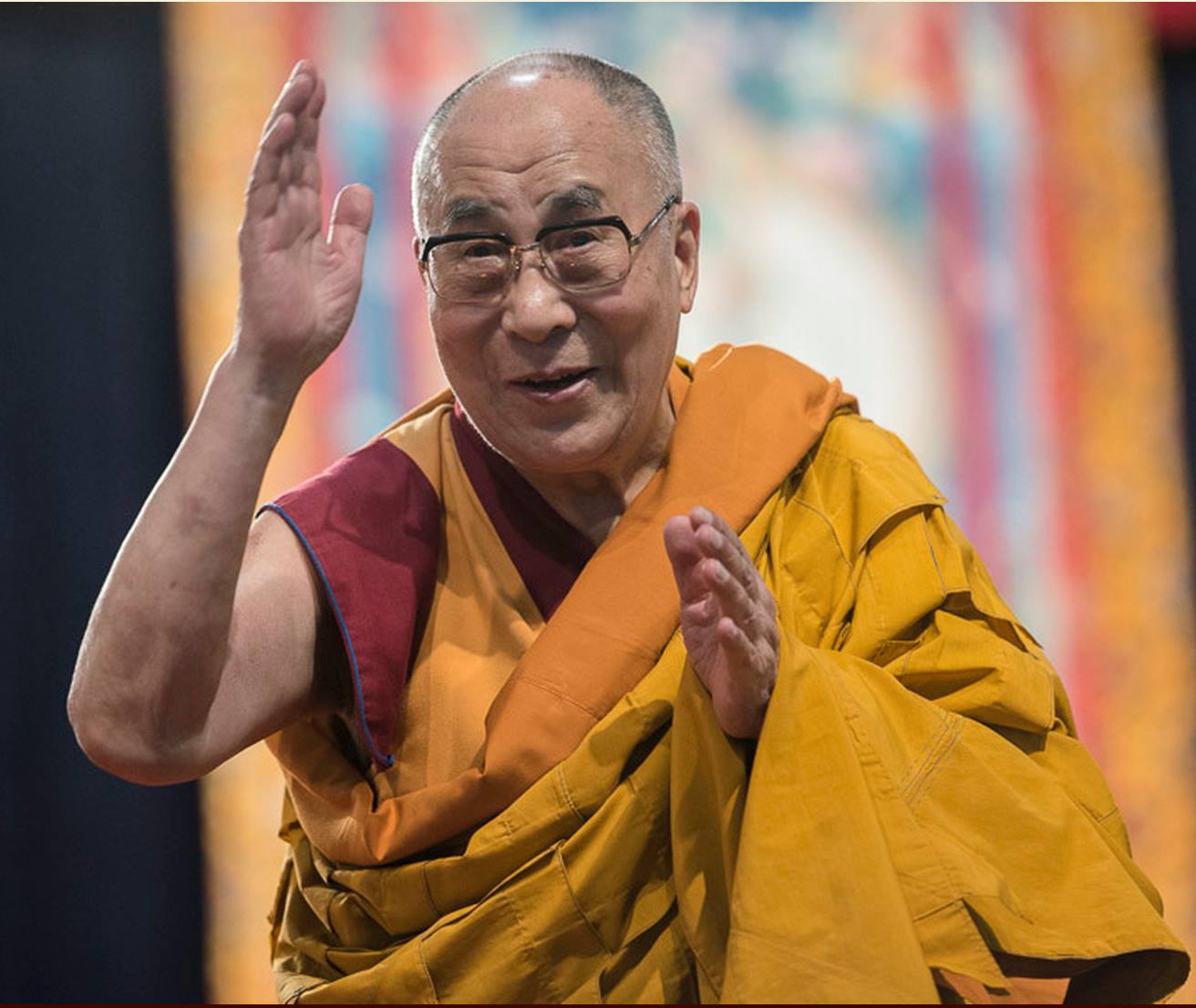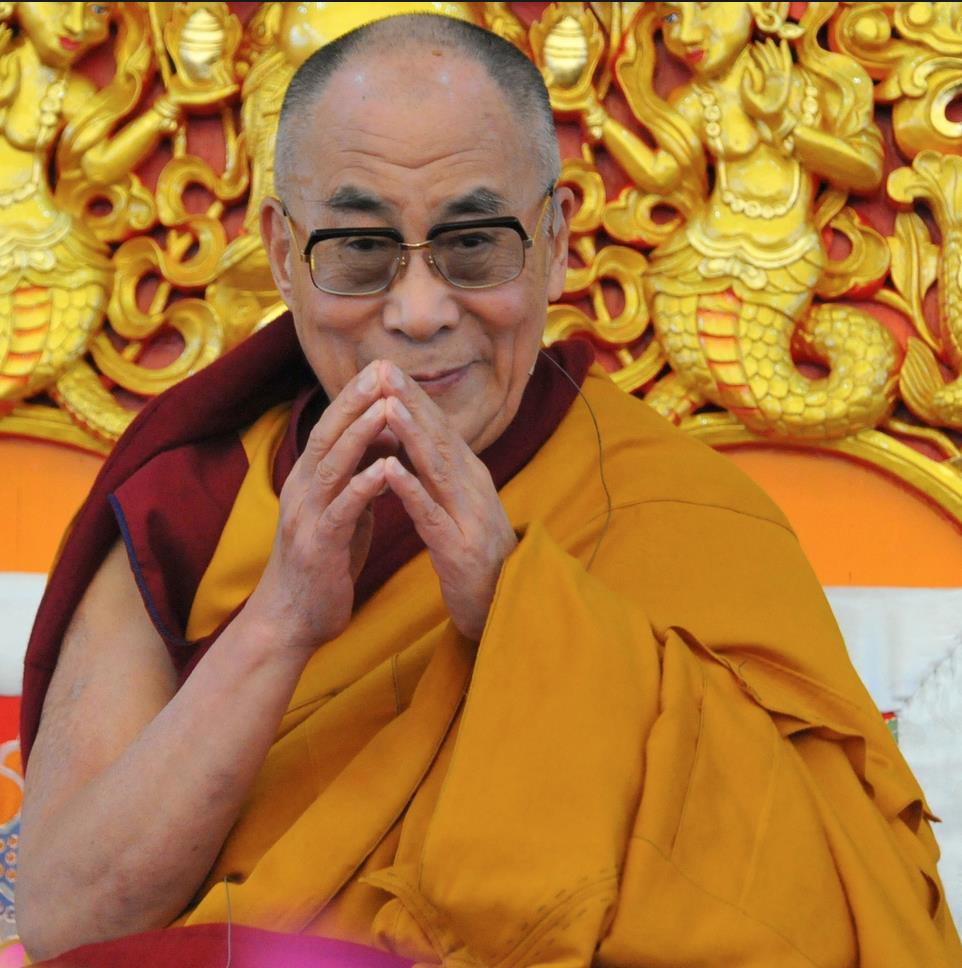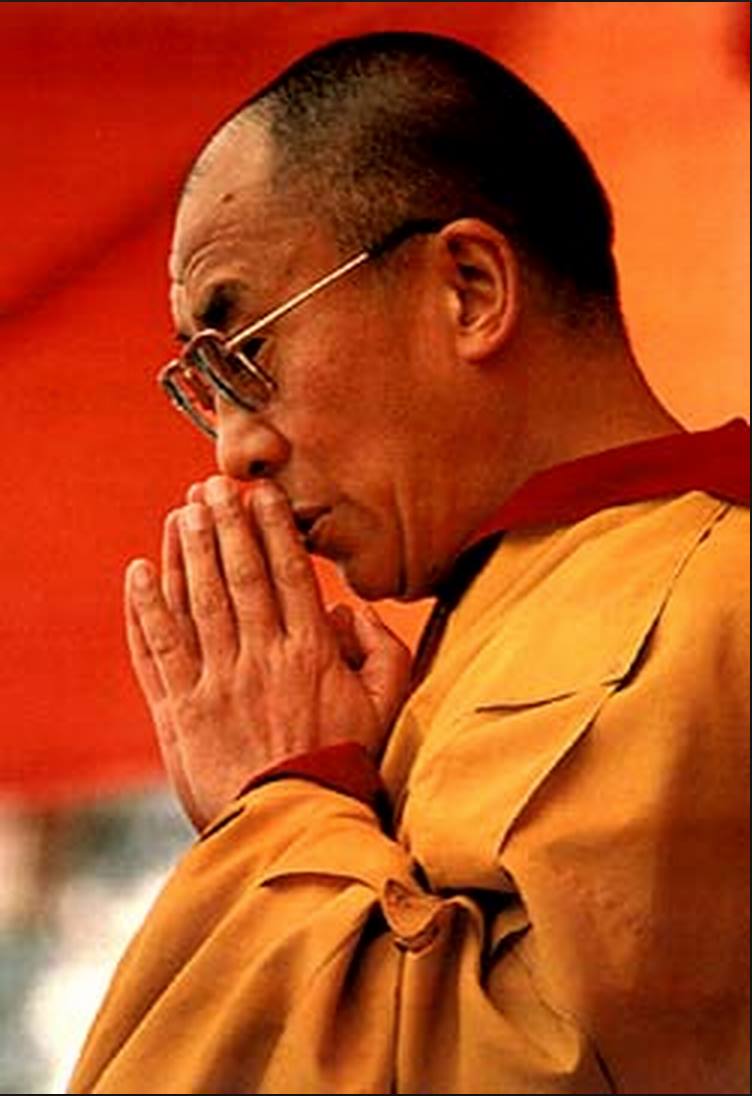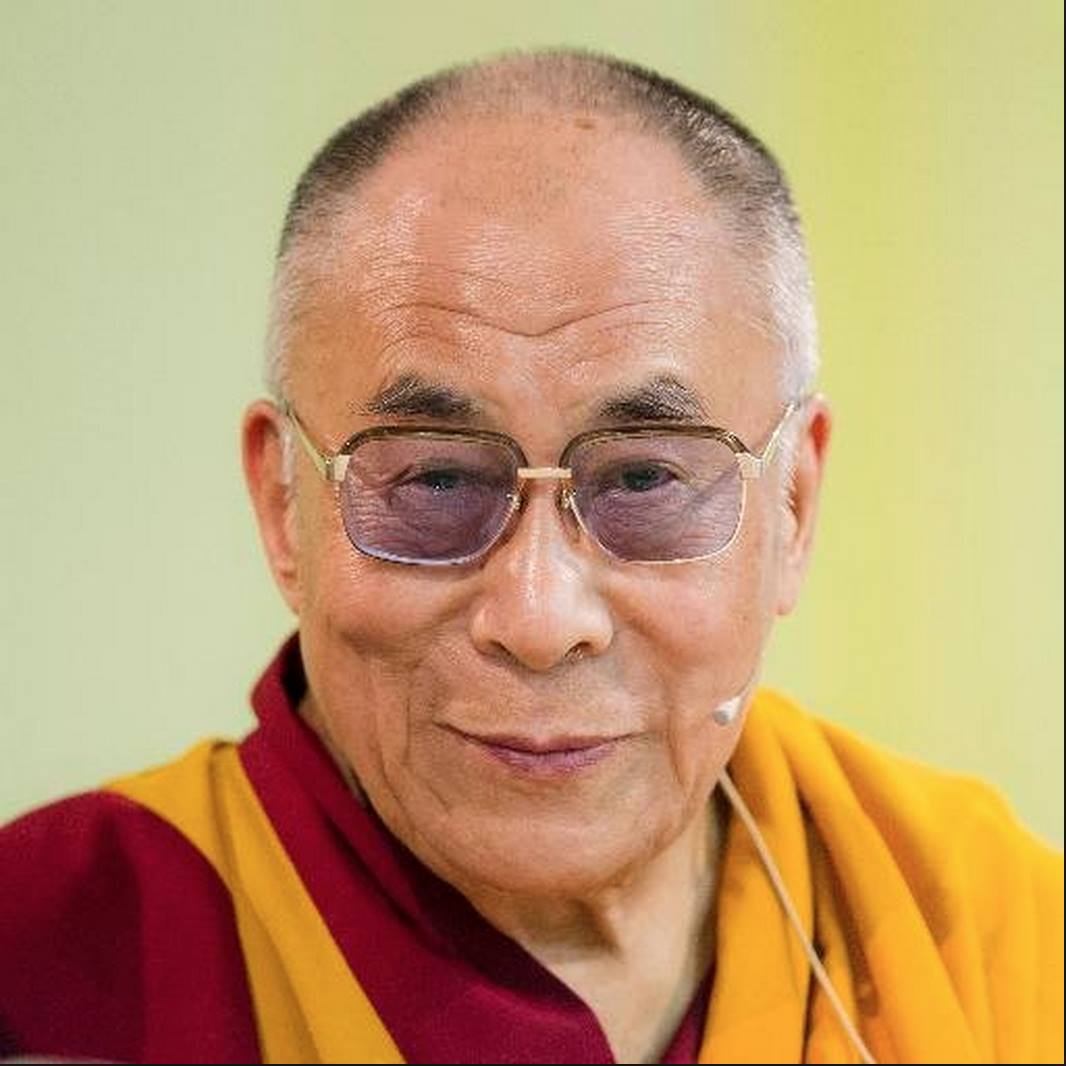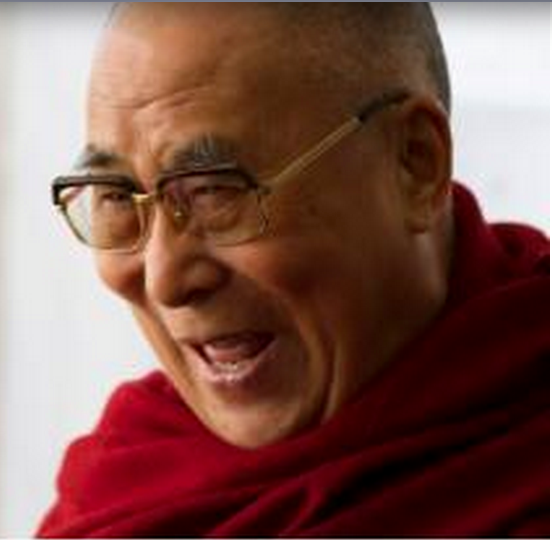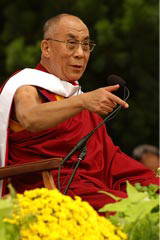
His Holiness the Dalai Lama: the Buddha’s body came into being from myriads of causes.
1st day, July 10, 2008. His Holiness the Dalai Lama’s Teachings on Lam-rim Chen-mo.
In July 2008, His Holiness the 14th Dalai Lama gave a historic six-day teaching on The Great Treatise on the Stages of the Path to Enlightenment (Lamrim Chenmo), Tsongkhapa’s classic text on the stages of spiritual evolution. Translator for His Holiness was Thupten Jinpa, Ph.D.
This event at Lehigh University, Pennsylvania, marked the culmination of a twelve-year effort by the Tibetan Buddhist Learning Center (TBLC), New Jersey, to translate the Great Treatise into English. The transcripts were kindly provided to LYWA by the Tibetan Buddhist Learning Center, which holds the copyright. Webcast recordings of these teachings are available through His Holiness’ official website.
The transcripts have been published in a wonderful book, From Here to Enlightenment, edited by Guy Newland and published by Shambhala Publications. We encourage you to buy the book from your local Dharma center, bookstore, or directly from Shambhala.
His Holiness the Dalai Lama.
Good afternoon, everybody. Indeed I am very, very happy to be here to lecture on the Lamrim Chenmo. Firstly, I visited the late Geshe Wangyal’s Center many years ago, during my first visit to America, that was… ’79, because of the historically very close link between Tibetan and Mongolian peoples, and particularly since the Third Dalai Lama’s very unique, close relations with Mongolia. So when we say with Mongolian, this includes Kalmyk, Buryat, all these Mongolian types. There is a very unique sort of relation. Then also in my own case, one of the best Tsenshap [study partner], Ngodrub Chowanyi, was Mongolian. So he helped a lot. So with this Mongolian there was something very close, personally, some close connection, link.



